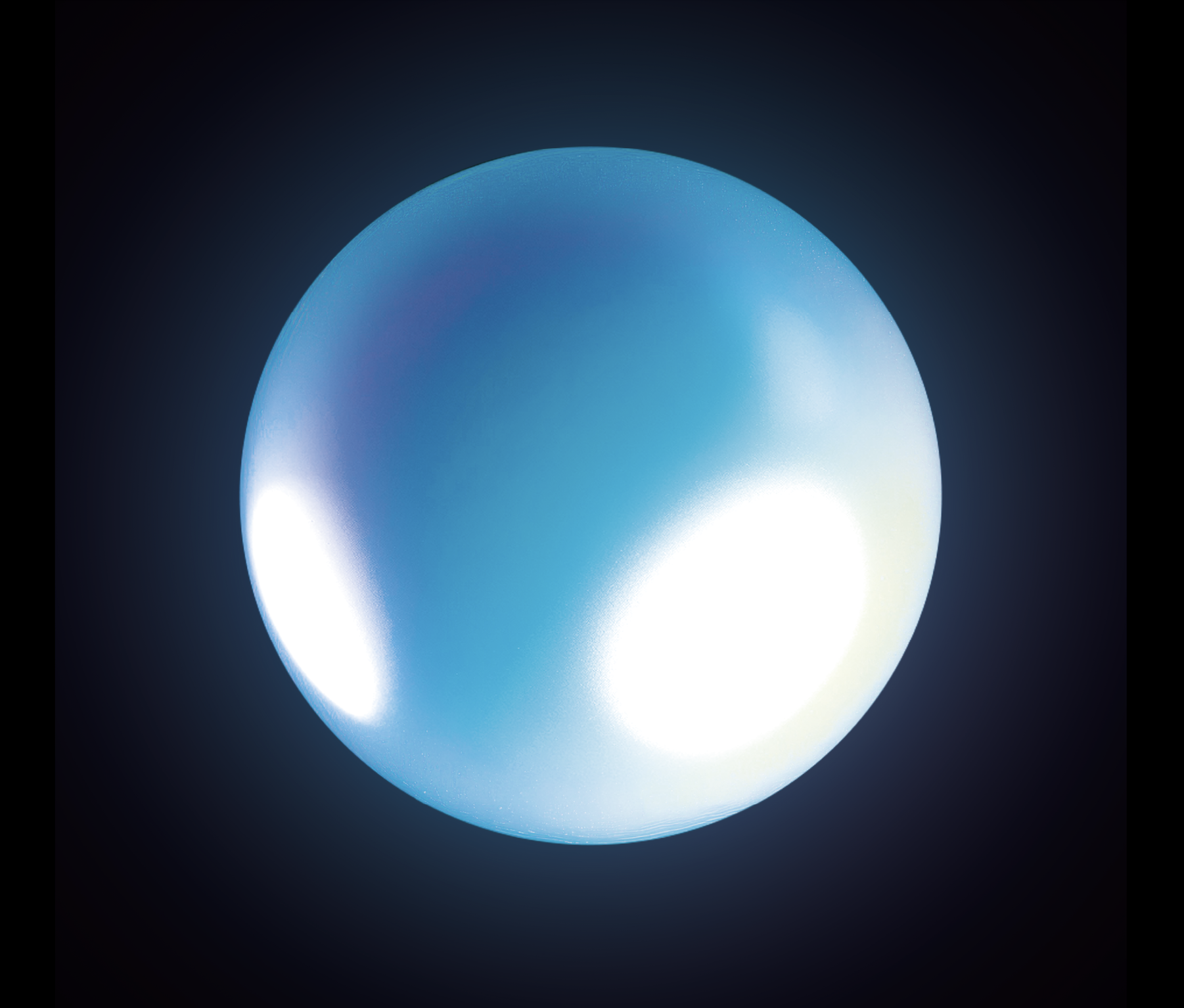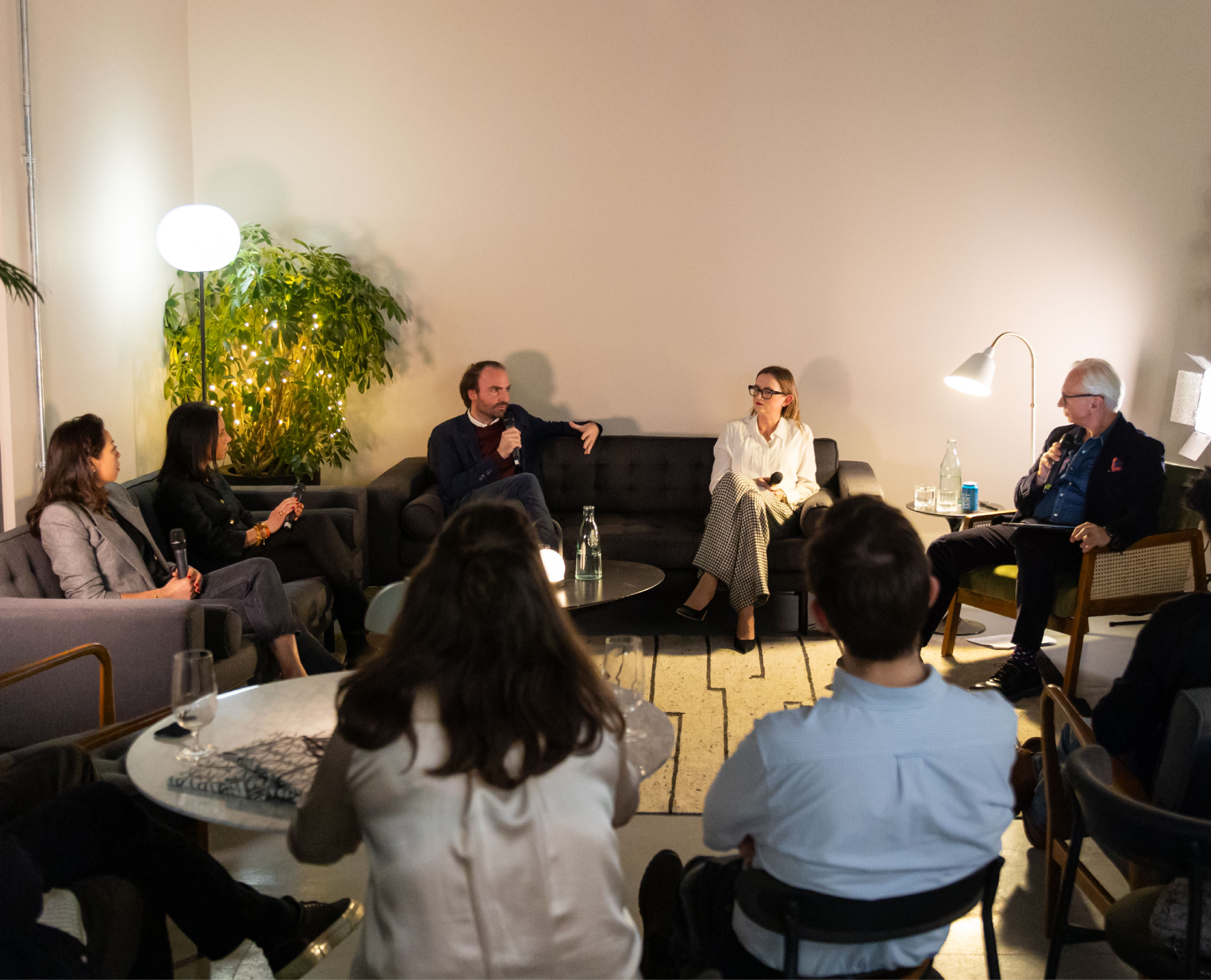Pearlfisher Founder & Group Creative Director, Jonathan Ford, explains why Twitter’s controversial rebrand to X might be the right move amid ‘media hysteria’.
There is a joke about designers: Q: how many designers does it take to change a lightbulb? A: Does it have to be a lightbulb?
Designers love to change things, but when it comes to changing something they love, or believe could have been done better, they can be quite vocal – and often rather negative.
But positive change – by design – is how we progress. And no one is saying it’s easy or comfortable. It takes brave, smart thinking – clients and creative thinkers – who are prepared to invest in the enduring value of design to remain adaptable and fit for purpose against the backdrop of channel fragmentation, ever-changing global events and the Insta-fication of human culture.
Two basic parameters for knowing how brave to be with change are being clear about whether you want to take market share from others or increase your own market share. And then to whom? New or existing users. Defining this helps you develop a strategy for the boldness of change.
Recently, there’s been of cacophony of twittering about change and the tweets have been loud.
All because Elon Musk decided to coldly kill off not just a well-known brand name, but also a defenceless sweet little blue bird, synonymous with the soon-to-be-buried Twitter.
In rebranding Twitter’s identity to X, none of the media hysteria I’ve witnessed and read around its logo transformation to match its new direction is asking: Is its radical change the correct decision?
Well, on the evidence available, it seems to me to not just be obviously right, but also 10 times better than before.
Now, before I get pecked to death by angry flocks of typographic nit pickers and self-proclaimed iconic experts, I’d like to present a sort of common sense opinion for why X could be more iconic than Twitter ever could be.
Elon Musk has stated publicly that he wants to transform the underachieving platform into an everything app, like WeChat. If he and his team were my clients, I’d listen to that and ask about the strategy behind that decision.
Twitter’s (soon to be X) chief executive, Linda Yaccarinon, said, “Twitter made one massive impression and changed the way we communicate. Now, X will go further, transforming the global town square [and be] centred in audio, video, messaging, payments/banking [and become a] global marketplace for ideas, goods, services, and opportunities [so that] X will be the platform that can deliver, well…everything.”
I’d say that makes perfect sense if a brand platform, like X, wants to increase and probably dominate market share, in a yet-to-mature market.
Keeping the Twitter brand and identity would conflict with such an intelligent design reorganisation of the company. It is logical, therefore, to create a new brand and an identity that is accessible to all by symbolising less yet meaning more.
And X is the ideal iconic symbol to do that with because we now live in a world of weekly, daily and hourly changes, and the desire to have instant availability to everything. As Arcade Fire sang, “…I need it, everything now! I want it, everything now! I can’t live without everything now”.
Humans fear the unknown and making mistakes, so we naturally resist change. Change can give rise to all sorts of tensions in an individual or collective psyche. But change is inevitable – both good and bad – and the explorer side of us should revel in defining or designing new boundaries and opportunities for growth which in turn improves and progresses culture for the better.
Change with purpose, expressed with human-centric bold thinking, new ideas and globally accessible symbolism draws together and becomes a leap beyond all three emotional, intellectual and artificial intelligences. I call this ‘Design Intelligence’.
In this age of constant transformation, it is Design Intelligence that will empower people to solve all sorts of real-world problems. Design Intelligence supports not the change of a logo, but how entire products, brands, services, organisations, regions and institutions worldwide can reengineer themselves to be both resilient and relevant in changing times. And then they can create the visual identity systems to reflect this thinking.
As Le Corbusier said, “Design is intelligence made visual”.
X.com is one of the most intelligent brand changes of the year, possibly the decade, and is a visual beacon to brands and organisations around the world on how to prepare for both the unexpected and the inevitable. Well, in my humble opinion.
Originally published in Transform Magazine.





